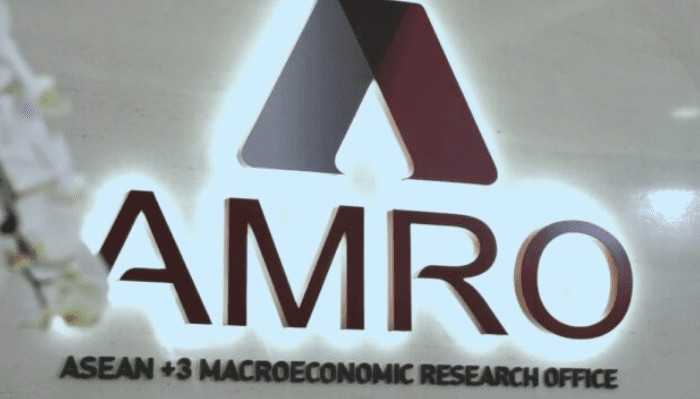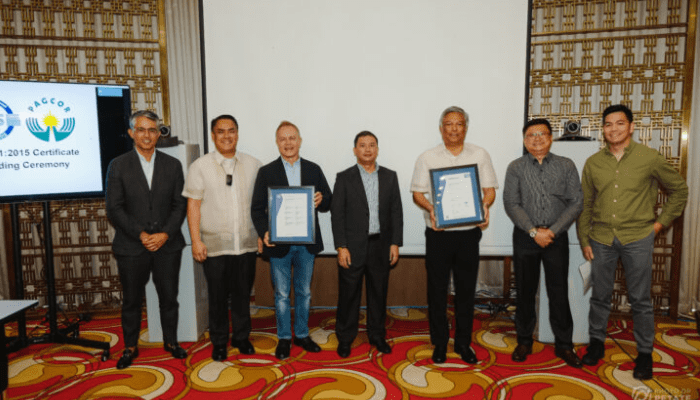
ASEAN Countries Record Pronounced Recovery in Travel and Tourism, Says Study
A study by the ASEAN+3 Macroeconomic Research Office (AMRO) has found that ASEAN countries had a stronger recovery in travel and tourism compared to China, South Korea, and Japan.
The object of study includes member states of the Association of Southeast Asian Nations (ASEAN) plus three relevant economies: China, Japan, and South Korea (Plus-3).
According to the study, international travel has begun to recover in ASEAN+3 after more than two years of border closures. Borders in the region were progressively reopened throughout 2022 as vaccination rates increased and COVID infection rates declined. By the end of 2022, almost half of the region’s 14 economies had fully removed all entry restrictions, including pre-departure and on-arrival COVID testing and post-arrival quarantine and monitoring. International flights have resumed, with airports in Indonesia, Korea, the Philippines, Singapore, and Thailand seeing a resurgence to more than half of their pre-pandemic traffic. Although arrivals in ASEAN were well below pre-pandemic numbers as the hoped-for resumption of outbound tourism from China did not materialize, ASEAN’s travel receipts in the first three quarters of 2022 were higher than annual receipts in 2020 and 2021, and higher than the Plus-3’s in the same period.
The paper also mentions that monthly tourist arrivals have recovered to more than half their pre-pandemic levels in Cambodia, Indonesia, Malaysia, Singapore, the Philippines, Thailand and Vietnam. The Philippines surpassed its (relatively modest) target of 2.4 million visitors before the end of 2022, although in the pace of tourism recovery lagged its ASEAN-5 peers because it removed travel restrictions later. “As in the rest of ASEAN, the absence of Chinese tourists was deeply felt—the bulk of tourists in 2022 were from the United States, Korea, and Australia”.
Full recovery only at 2024
The research team based in Singapore found out that tourism is expected to recover further in 2023 and return to pre-pandemic levels by 2024. Revenge travel will be one of the key drivers of tourism demand in the near term.
The study also pointed out that the adoption of technology, such as digital travel portals to verify health entry requirements and digital payments across the region will also facilitate travel in the post-pandemic world. In addition, the region’s advantages in hosting MICE events and promoting ecotourism could further improve its attractiveness as the world reopens further.
“The recovery in tourism receipts will be crucial in supporting current account balances and buttressing economic growth in the region as global demand for goods weakens. China holds the key as the largest source of tourists for most of the region’s economies—a full regional tourism recovery will be highly dependent on the rate of resumption of outbound travel from China”, conclude the authors.
Article Source
https://agbrief.com/news/south-east-asia/14/04/2023/asean-countries-record-pronounced-recovery-in-travel-and-tourism-says-study/
Other Interesting Articles
 PAGCOR Offices and Gaming Venues Achieve ISO 9001:2015 Certification Apr 14, 2023
PAGCOR Offices and Gaming Venues Achieve ISO 9001:2015 Certification Apr 14, 2023











